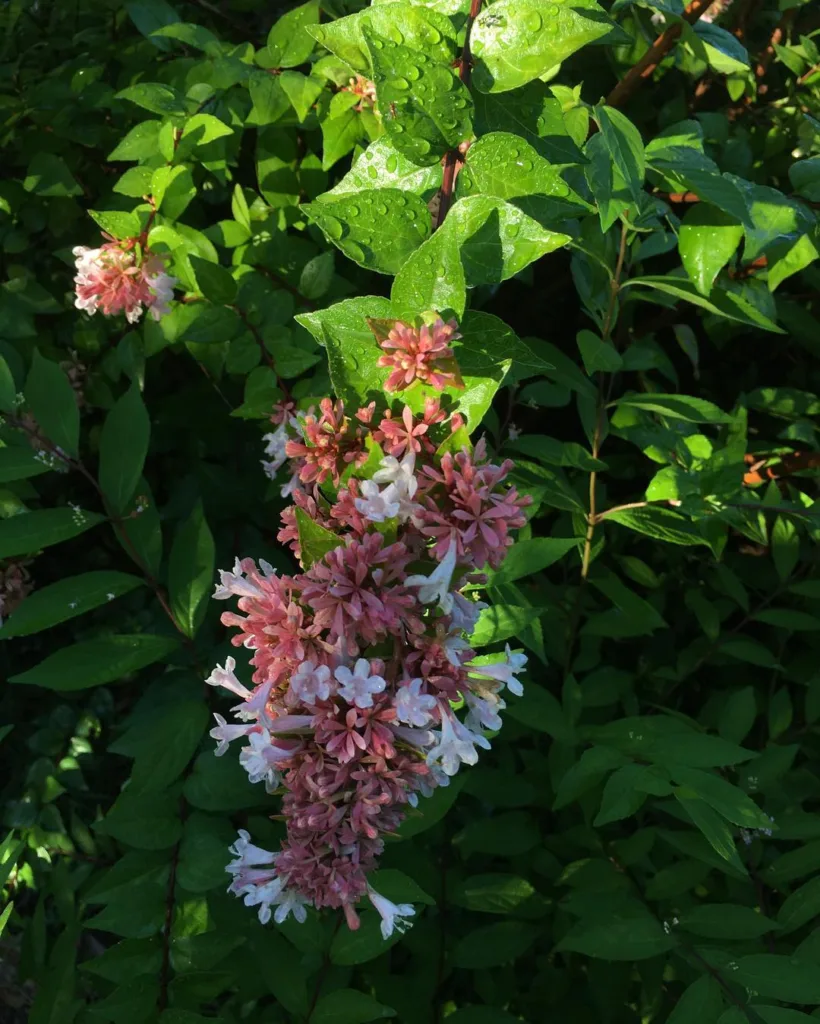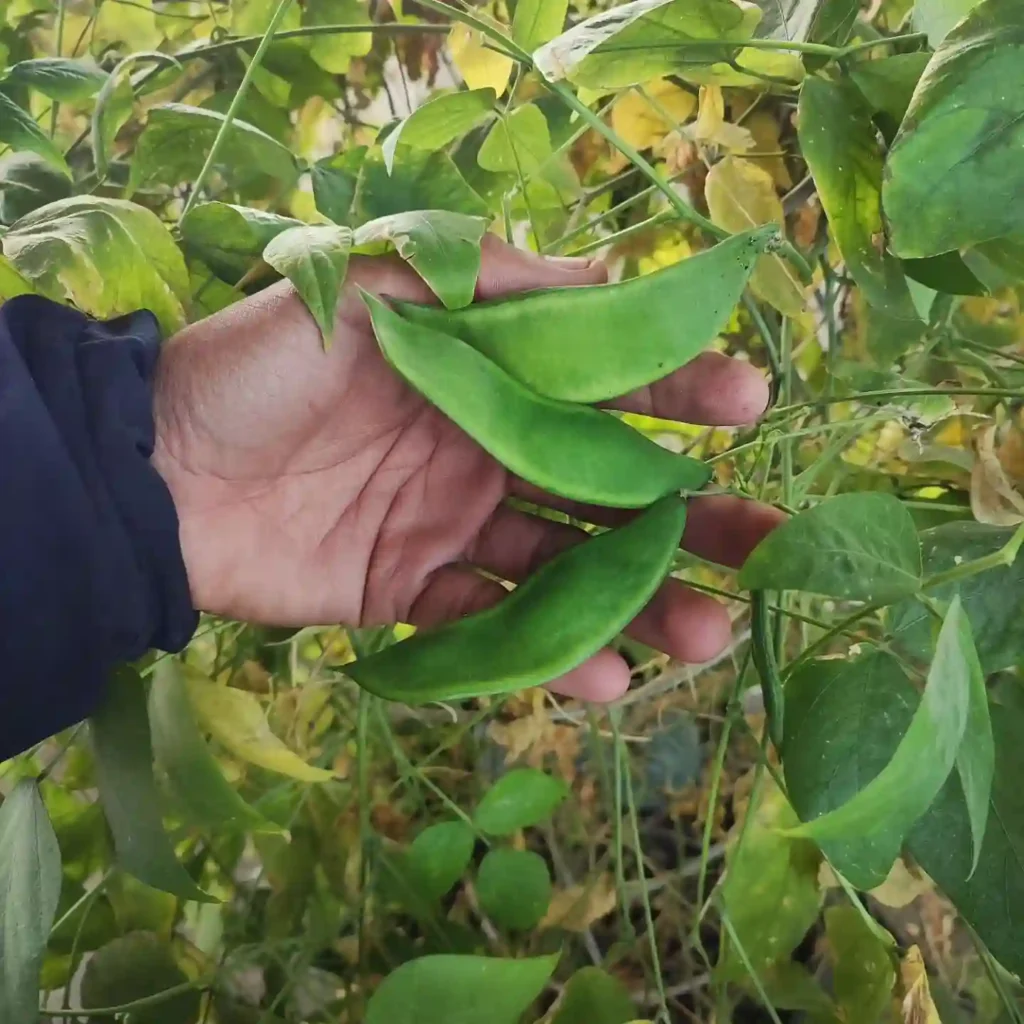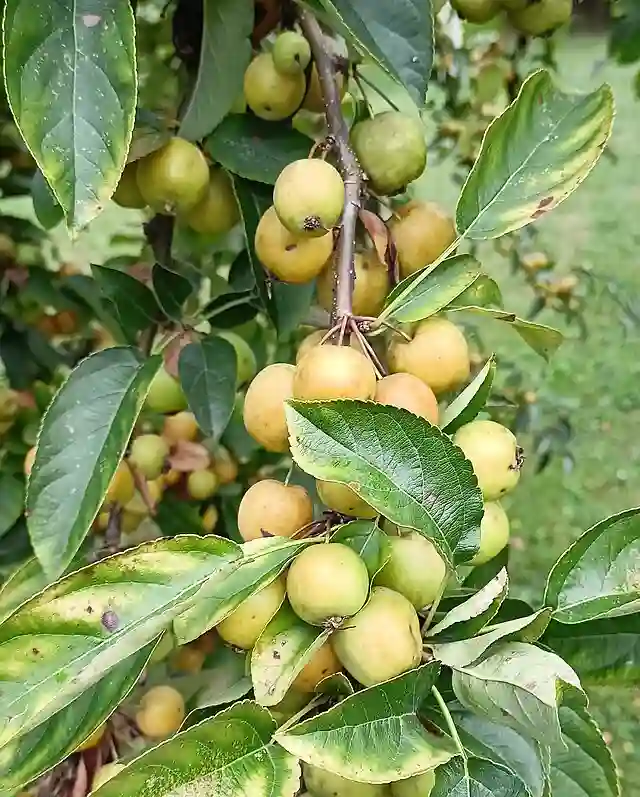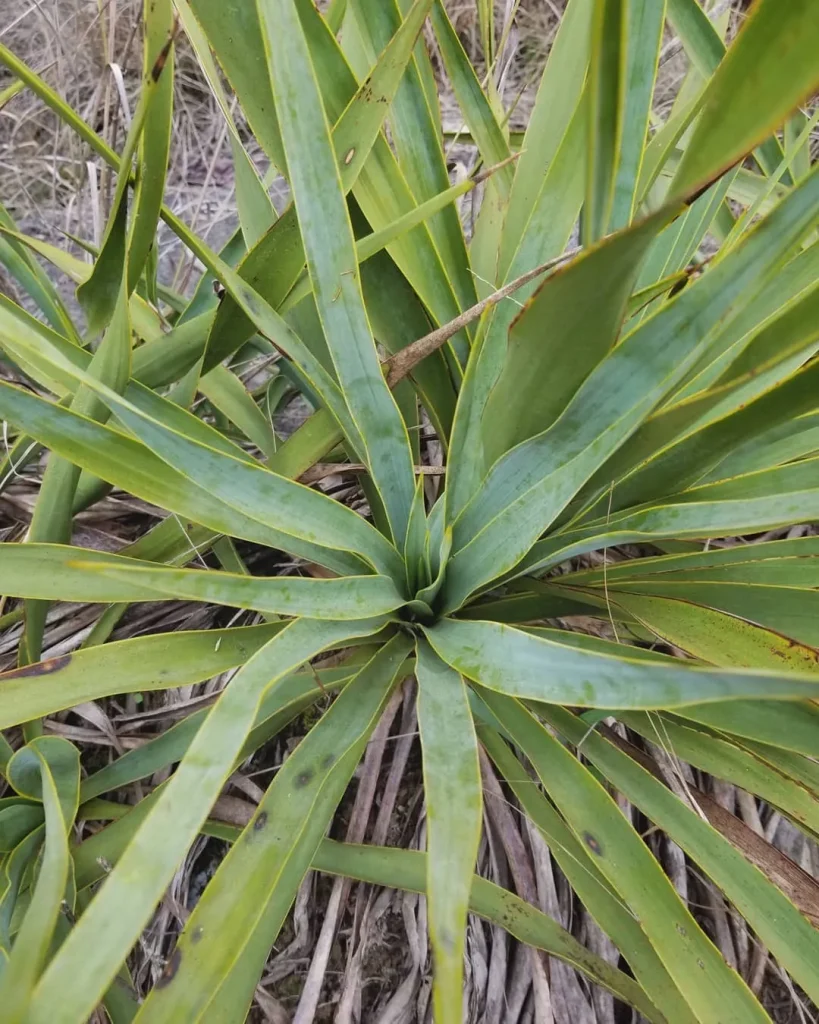Frequently Asked Questions about Stapelia Grandiflora
Stapelia Grandiflora, also known as the carrion plant or starfish flower, is a fascinating and unique succulent that I’ve enjoyed growing for a while. Its large, star-shaped flowers and peculiar growth habits make it a standout plant for succulent enthusiasts. In this article, I’ll cover some of the most frequently asked questions about Stapelia Grandiflora, and my experiences with it.
32 Species in Genus Stapelia
What Is Stapelia Grandiflora?
Stapelia Grandiflora is a succulent plant native to South Africa. It’s known for its distinct star-shaped flowers, which often have a deep red or maroon hue. The most intriguing (or off-putting) thing about this plant is the odor its flowers emit. Often described as similar to rotting flesh, the scent attracts flies, which act as pollinators. Despite the smell, Stapelia Grandiflora is a strikingly beautiful plant with a lot of character.
How Do You Care for Stapelia Grandiflora?
Caring for Stapelia Grandiflora is relatively easy if you understand its needs. Since it’s a succulent, the most important aspect is proper watering and sunlight. Here’s a quick rundown of what’s worked for me:
- Sunlight: I provide mine with bright, indirect sunlight. Direct sunlight, especially during peak hours, can scorch the plant. A spot with filtered light works perfectly.
- Watering: Like most succulents, Stapelia Grandiflora prefers to dry out between waterings. I water mine once the soil has dried completely, usually once every two weeks in summer and less frequently in winter.
- Soil: A well-draining succulent mix is ideal. You don’t want the roots to sit in water, as this will lead to rot.
- Temperature: This plant does best in temperatures above 60°F. If you live in an area that gets cold, it’s better to bring it indoors during colder months.
Can You Grow Stapelia Grandiflora Indoors?
Yes, Stapelia Grandiflora can be grown indoors, and I’ve had success keeping mine inside during the winter. Make sure to place it near a bright window where it can receive plenty of indirect sunlight. The key is to replicate the plant’s natural environment as much as possible. Avoid overwatering, especially in cooler months when the plant’s growth slows down.
Can You Grow Stapelia Grandiflora in Washington?
This is a common question for those living in cooler climates like Washington. You can grow Stapelia Grandiflora in Washington, but keep in mind that it will need to be brought indoors during the colder months. The climate is generally too cold for it to survive outdoors year-round. If you provide it with adequate light and warmth inside, the plant should thrive.
Stapelia Grandiflora vs Stapelia Gigantea
Stapelia Grandiflora and Stapelia Gigantea are often confused due to their similar appearance. However, there are a few notable differences. Stapelia Gigantea has larger flowers that can reach up to 12 inches in diameter, while Stapelia Grandiflora’s flowers are smaller, usually around 6 inches. The growth habits are also different, with Stapelia Gigantea tending to grow more aggressively and spread faster. In my experience, both are beautiful plants, but if you’re limited on space, Stapelia Grandiflora might be the better choice.
How to Propagate Stapelia Grandiflora?
Propagating Stapelia Grandiflora is straightforward. The best method is through stem cuttings. I typically cut a healthy stem with a clean, sharp knife and allow it to dry for a few days to let the wound callous over. Once it’s ready, I plant the cutting in well-draining soil and water sparingly. Within a few weeks, roots should begin to form, and the plant will start growing.
What Are Common Problems with Stapelia Grandiflora?
Some common issues I’ve encountered with Stapelia Grandiflora include:
- Overwatering: This is the most frequent problem. Overwatered plants can develop root rot, which is often fatal. Be sure to let the soil dry out between waterings.
- Pests: While the plant’s scent attracts flies for pollination, it can also attract unwanted pests like mealybugs. I’ve found that regularly inspecting the plant and wiping it down can help keep pests at bay.
- Cold Temperatures: Stapelia Grandiflora is not frost-tolerant. If temperatures drop below 50°F, bring the plant indoors or protect it from cold weather.
Is Stapelia Grandiflora Toxic?
Stapelia Grandiflora is non-toxic to humans and pets. This is a relief if you have curious animals or small children around. However, the smell of the flowers might deter anyone from getting too close!
What Plants Pair Well with Stapelia Grandiflora?
I’ve found that pairing Stapelia Grandiflora with other succulents creates a visually striking display. I like to group mine with Aloes, Haworthias, and other star-shaped succulents. Since they share similar care requirements, they all thrive together in a well-draining succulent mix and bright, indirect light.
What Are the Benefits of Growing Stapelia Grandiflora?
Aside from its unique beauty, Stapelia Grandiflora is a low-maintenance plant that doesn’t require a lot of attention. It’s drought-tolerant, making it perfect for someone like me who occasionally forgets to water their plants. Plus, its unusual flowers are great conversation starters, though I warn my guests about the scent before they get too close.
Can Stapelia Grandiflora Be Grown in Containers?
Yes, Stapelia Grandiflora does well in containers. In fact, growing it in a pot allows you to easily move the plant indoors when necessary. Just make sure the container has good drainage to prevent water from pooling at the roots. I prefer using terracotta pots, which help wick moisture away from the soil.
Conclusion
Stapelia Grandiflora is a one-of-a-kind plant that’s easy to care for and incredibly rewarding to grow. Whether you’re drawn to its unusual flowers or its low-maintenance nature, this succulent makes a wonderful addition to any collection. Just remember to give it the right conditions, and you’ll be rewarded with its striking blooms – smell and all!
If i die, water my plants!



